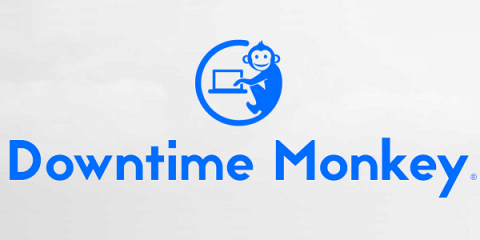Why Whitelist An Email Address?
TLDR; "If you expect to receive important emails from a trusted email address it is worth whitelisting the address to make sure that emails won't be accidentally blocked by an overzealous email client." Whatever email client you use, be it Gmail or Thunderbird, Outlook or Apple Mail, you can be sure that it comes with some kind of spam management built in. Most of the time this works well - legitimate emails are delivered to your inbox and spam is either rejected or gets funnelled to your spambox.











